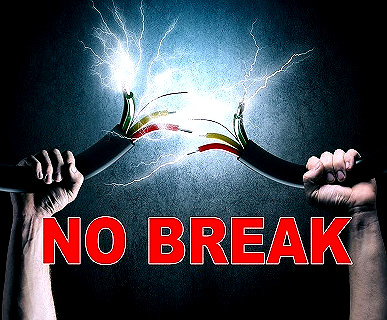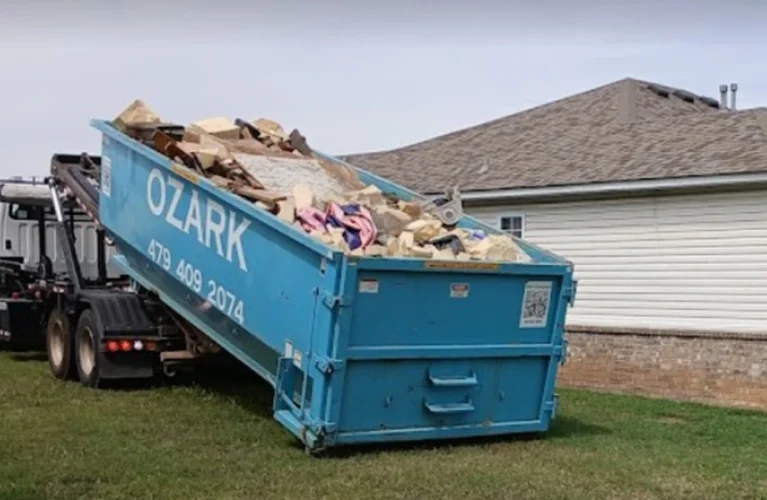
In the realm of power generation, reliability is paramount. Whether for residential, commercial, or industrial purposes, generators play a crucial role in ensuring uninterrupted power supply during outages or emergencies. However, like any machinery, generators require regular servicing and maintenance to operate efficiently and reliably over time. Additionally, there may come a time when removal or replacement becomes necessary. In this article, we delve into the significance of generator servicing and maintenance, as well as considerations for generator removal.
The Importance of Generator Servicing and Maintenance
- Enhanced Reliability: Regular servicing and maintenance contribute to the longevity and reliability of generators. Components such as filters, oil, coolant, and batteries need to be checked, cleaned, or replaced periodically to ensure optimal performance.
- Preventive Measures: Scheduled maintenance allows for the detection and rectification of potential issues before they escalate into costly breakdowns or failures. This proactive approach minimizes downtime and ensures that the generator is always ready to kick into action when needed.
- Fuel Efficiency: Properly maintained generators tend to operate more efficiently, consuming less fuel while delivering the required power output. This not only saves costs but also reduces the environmental impact associated with fuel consumption.
- Compliance and Safety: Regular servicing helps ensure that generators comply with safety regulations and standards. Malfunctioning generators can pose safety hazards such as electrical fires or carbon monoxide poisoning. By adhering to maintenance protocols, risks can be mitigated, and safety ensured.
- Preservation of Investment: Generators represent a significant financial investment for individuals and businesses alike. Regular servicing and maintenance protect this investment by prolonging the lifespan of the equipment and optimizing its performance.
Key Aspects of Generator Maintenance
- Routine Inspections: Regular inspections should be conducted to assess the overall condition of the generator, including its electrical connections, fuel lines, coolant levels, and exhaust systems.
- Fluid Checks and Replenishment: Fluid levels such as oil, coolant, and fuel should be monitored and topped up as necessary. Dirty or degraded fluids should be replaced promptly to prevent damage to engine components.
- Filter Replacement: Air, oil, and fuel filters play a crucial role in maintaining the cleanliness of the engine and preventing contaminants from entering sensitive components. Filters should be inspected regularly and replaced according to manufacturer recommendations.
- Battery Health: The battery is essential for starting the generator, especially in cold weather. Regular checks ensure that the battery is adequately charged and free from corrosion.
- Load Testing: Periodic load testing verifies the generator’s ability to handle its rated capacity. This test simulates real-world operating conditions and helps identify any performance issues that may need attention.
Generator Removal Considerations
While generators are designed to last for many years, there may come a time when removal or replacement becomes necessary. Several factors may prompt the need for generator removal:
- End of Service Life: Generators have a finite lifespan, and as they age, the frequency of breakdowns and repairs may increase. When the cost of maintenance outweighs the benefits, it may be more economical to replace the generator rather than continue servicing it.
- Obsolete Technology: Advancements in technology may render older generator models obsolete. Newer models may offer improved efficiency, performance, and features that justify upgrading or replacing the existing generator.
- Changing Requirements: The power needs of a facility or property may change over time due to expansions, renovations, or shifts in operational requirements. In such cases, the existing generator may no longer meet the demand, necessitating removal and replacement with a more suitable unit.
- Relocation or Decommissioning: In some instances, generators may need to be relocated to accommodate changes in infrastructure or decommissioned due to changes in business operations. Proper removal and disposal procedures must be followed to ensure environmental compliance and safety.
- Damage or Failure: Catastrophic damage or irreparable failure may occur due to accidents, natural disasters, or prolonged neglect. In such cases, removal may be necessary to assess the extent of damage and determine the most appropriate course of action.
When considering generator removal, several factors must be taken into account:
- Safety Precautions: Removal activities should be carried out by qualified professionals following safety protocols to minimize the risk of accidents or injuries.
- Environmental Impact: Proper disposal or recycling of old generators is essential to minimize environmental impact. Components such as batteries, fluids, and metals should be handled and disposed of responsibly.
- Replacement Planning: If replacing the generator, careful planning is required to ensure a seamless transition without compromising power supply reliability. Factors such as installation requirements, fuel compatibility, and load capacity must be considered.
In conclusion, generator servicing and maintenance are critical aspects of ensuring reliability and longevity. Regular maintenance not only enhances performance and efficiency but also contributes to safety and compliance. Additionally, proper planning and consideration are essential when it comes to generator removal, whether due to end-of-life issues or changing requirements. By prioritizing maintenance and making informed decisions regarding removal and replacement, individuals and businesses can continue to rely on their generators for years to come.












